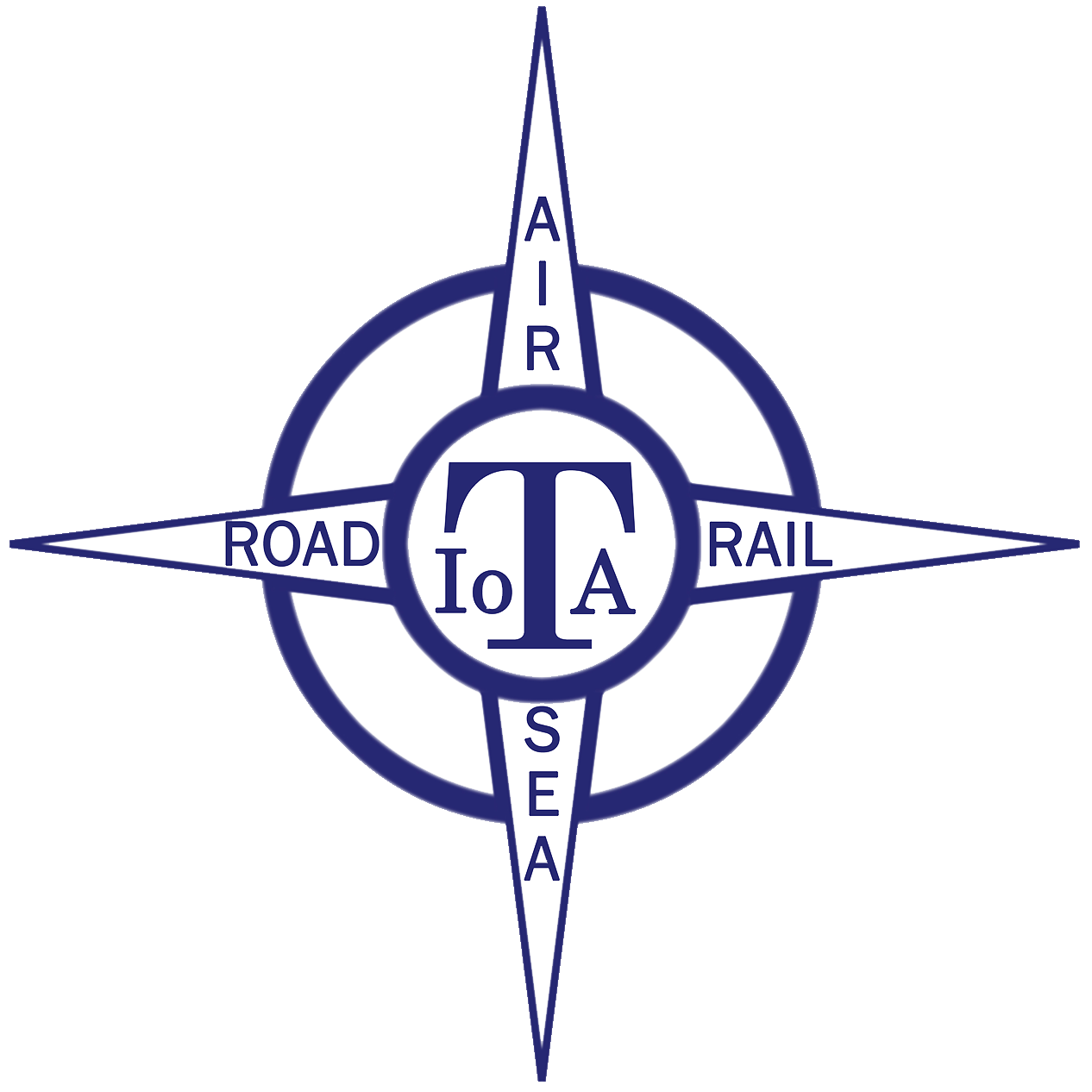More than one route: the many ways to deliver bus services
- CPT launches handbook for Local Transport Authorities (LTAs) on the different models for regulating local bus networks.
- Analytical framework developed with Frontier Economics will help councils make informed, evidence-based decisions on bus regulation, by following an 8-step process.
- The handbook emphasises that both Enhanced Partnerships and franchising can be designed in many different ways, and that there is no one-size-fits-all approach to regulating bus networks.
- Endorsed by the Department for Transport, ATCO, and ADEPT, the handbook and toolkit provide a rigorous but accessible guide to support LTAs navigating a complex and critical decision.
The Bus Services Act 2025 grants local transport authorities enhanced powers to choose which regulatory model for local buses best meets the needs of local communities.
To support informed decision-making by towns and cities about which model to adopt, CPT has worked with Frontier Economics to assess the benefits and challenges presented by regulatory options.
The handbook, accompanied by an Excel toolkit, considers various models for local bus networks, used as examples to demonstrate the variety of choice available:
- Enhanced Partnerships: shared objectives agreed by operators and local authorities for bus networks, with decisions on routes, timetables and fares in the hands of commercial operators
- Evolved Enhanced Partnerships: broad commercial freedom for operators but shared decisions with local authorities on fares, ticketing, network and timetable
- Franchising – shared risk/Jersey model: operators are involved in the design of the network, and the model includes incentives to grow patronage through profit-sharing arrangements.
- Franchising – “grow it out” model: tendered services are franchised as a first step with a view to expanding franchising to all services.
- Franchising – micro-franchising: franchising applied to a tightly defined area, to maximise localised opportunities, but with an EP operating across the non-franchised areas.
- Franchising – phased franchising model: a phased approach to franchising in the areas of most need.
- Franchising – hybrid model: a model combining a number of features of the models above.
The CPT handbook creates a framework for considering factors including passenger priorities, operating cost pressures, net zero goals, local transport authority capacity and capability, and how the preferred model may interact with different models in other areas. The handbook and toolkit represent the first part of a suite of documents which will support LTAs in their decision-making process, with the Bus Franchising Manual and EP practical guide from the Department for Transport due to be published soon.
The research outlines some of the benefits of Enhanced Partnerships, including how they can effectively leverage the expertise and experience of operators, and the relatively low cost of implementing the system. Conversely, it highlights strengths of franchising including protecting bus operators from risk and giving local authorities more control over service development, and the potential for creating well-integrated multi-modal transport networks across a city region.
The materials, which will be accessible to local transport authorities from today, 10 November include:
- An overview of the bus service regulatory models available for local authorities to choose from;
- An 8-step framework for systematically working through the options and making a decision informed by evidence, expertise and stakeholder views;
- Supporting evidence and illustrations of relevant factors to consider; and
- A multi-criteria decision analysis (MCDA) tool to objectively score various alternative ways of regulating bus services.
CPT Director of Policy and External Relations Alison Edwards said: "There is more than one way to run a bus network. When it comes to England’s 79 widely varying local transport authorities, one size doesn’t fit all.
Further information: More than one route: the many ways to deliver bus services | CPT
